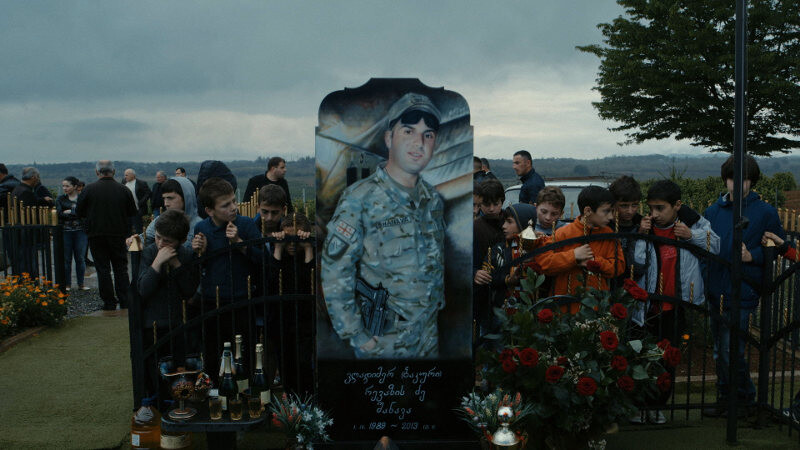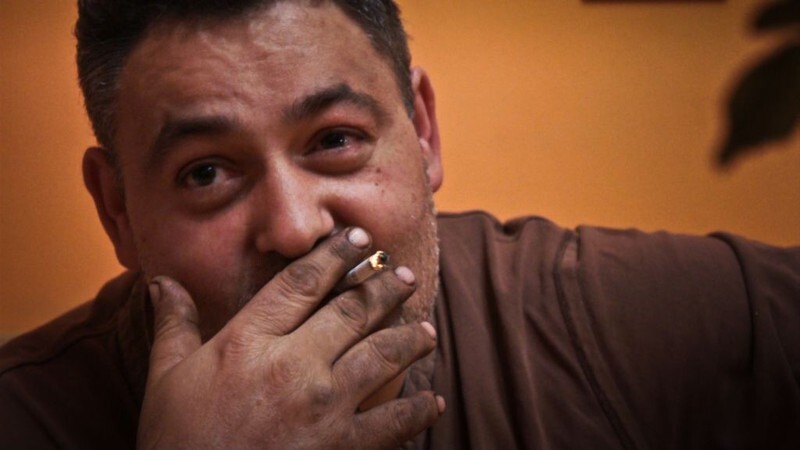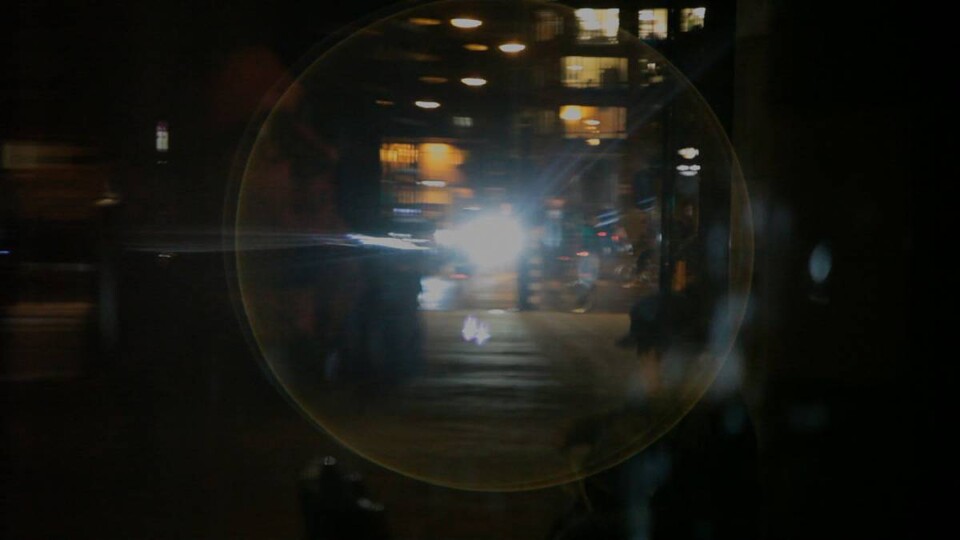It’s Not Easy to Get Rid of Ideas Once They Are Written Down
Originally from Georgia, Salomé Jashi graduated from Journalism and then from Documentary Filmmaking at Royal Holloway, University of London. Her movies were screened at many international festivals, e.g. DOK Leipzig, Cinéma du Réel in Paris, One World International Human Rights Documentary Film Festival in Prague and also at the Jihlava IDFF. At the anniversary 20th edition of Jihlava IDFF she presented a workshop focused on production and story development organized by IDF. Her documentary debut The Dazzling Light of Sunset won two prizes: Best Documentary Debut and Best Central and Eastern European Documentary Film. In the following interview, we talk about treatments, self-producers as well as the inspiration for her debut film.
Where did the idea to shoot a documentary movie come from?
Maybe it came from the desire to share my vision, my perception with others. Or it came from my experience working as a TV journalist, when I was assigned to describe so-called objective reality in two minutes.
Where did you look for inspiration for the way you created your documentary film?
My first inspiration was my tutor Gideon Koppel at Royal Holloway, University of London. He still is with his marvellous film Sleep Furiously and his nonconformity. Sergei Dvortsevoy was a huge inspiration as well as films by Ulrich Seidl. And there were also some authors, John Berger for example, who made me ask questions and explore. I doubt that I was ever looking for an inspiration for the way I would make films. My filmmaking style emrged from trying out different things and my actual practice.
You said, you chose the topic because of your interest in small local media. Why did you choose Georgian TV and Dariko? What was special about her compared to other available options?
I knew I wanted to shoot in Georgia as this is the place I know the best, the one that bothers and excites me. I visited up to a dozen local TV stations. And then I chose the one in Tsalenjikha, a town in western Georgia. The first image that attracted me were the wallpaper in the studio, depicting some dreamy image of a lake and a forest, and a mirror in front of it. And then there were the two people working at the TV station, their dedication to their work and their innocence that I noticed.
What was the biggest problem you had to deal with during the shooting?
The biggest difficulty came at the end of the shooting when we had spent months living and filming in the town. It came from the fear of locals that their region was not being represented the way they wanted it to be. I also understood their argument. Imagine, some stranger comes to your community and starts capturing it in a way which is very unfamiliar to you. It is scary, an intrusion into your ‘comfort’. And this was the biggest problem during the shooting. This process made me question the content of my film as well as the idea of documentary filmmaking in general. It was a useful experience in the sense that it made me rethink what I was doing. But, to make it clear, by rethinking I don’t mean compromising.
How did this situation change your thinking about documentary filmmaking? Can you specify it a little bit more?
It made me empathize more with the people I was filming, or with those who lived there. Even though I was and still am critical to the values they carry, when spending time with them, I started to understand their motivation, their point of view.
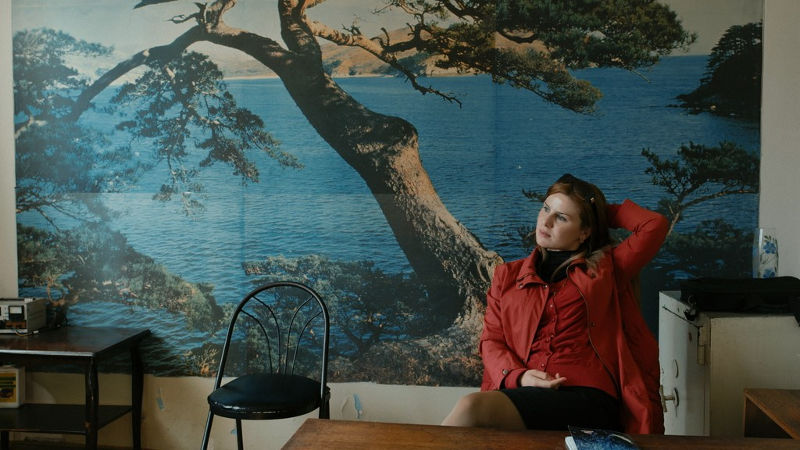
The Dazzling Light of Sunset
How did you find your producer? Did you make an international coproduction or some kind of self-production? Why?
From the Georgian side I myself am the film's producer. But early on I started looking for a co-producer because there are very limited funding opportunities in Georgia. I had met Urte Fink several years earlier through Robert Bosch co-production prize gathering and together we applied for the prize, which we were lucky to receive. And then we found another German co-producer Gregor Streiber via industry meetings at East Doc Platform in Prague in 2013. A co-production is also useful for post-production as the facilities are much better in Germany than in Georgia.
What is your work as a ‘self-producer’ about? What can you do for producing your film in Georgia?
There are not many sources of funding in Georgia. There is the Georgian National Film Center, which is the main and in fact the only national funder. But it is often the starting point for fundraising. I prefer to self-produce because I prefer to be up to date with the financial situation of the project. I would like to be part of the actual decision making in this regard as well as the distribution. But I prefer to co-produce with someone who comes from another country (and recently it’s been Germany) and who is an experienced producer. That way I can better stand for my film.
Can you describe the development process a little bit? What are the first steps you have to do in case you want to shoot a documentary movie like The Dazzling Light of Sunset? Should you start with treatment?
The first step is inspiration and the urge to follow the feeling that there is something there, a potential film. Then I try it out – spending some time there, and do a little bit of filming. And only then it’s possible to write a treatment. Sure, you could write a treatment without all these steps, but it would be a very general treatment. Somewhere there comes the making of a trailer. Sometimes, for me, the making of a trailer is a part of making the film. I shoot for the actual film and from the material I make the trailer.
What should the treatment look like?
It should be simple and clear. All treatments are individual. But for me it is important that a treatment should describe scenes, characters and locations visually so that when someone reads it, they can imagine the film visually. I would avoid using adjectives like e.g. beautiful or cruel. I’d rather describe the situation where something or someone would make an impression of beauty and cruelty.
Do you use a script or anything we can call script?
No, I don’t work with scripts. Usually, I’m not totally certain what the film will be like until I go into the editing room.
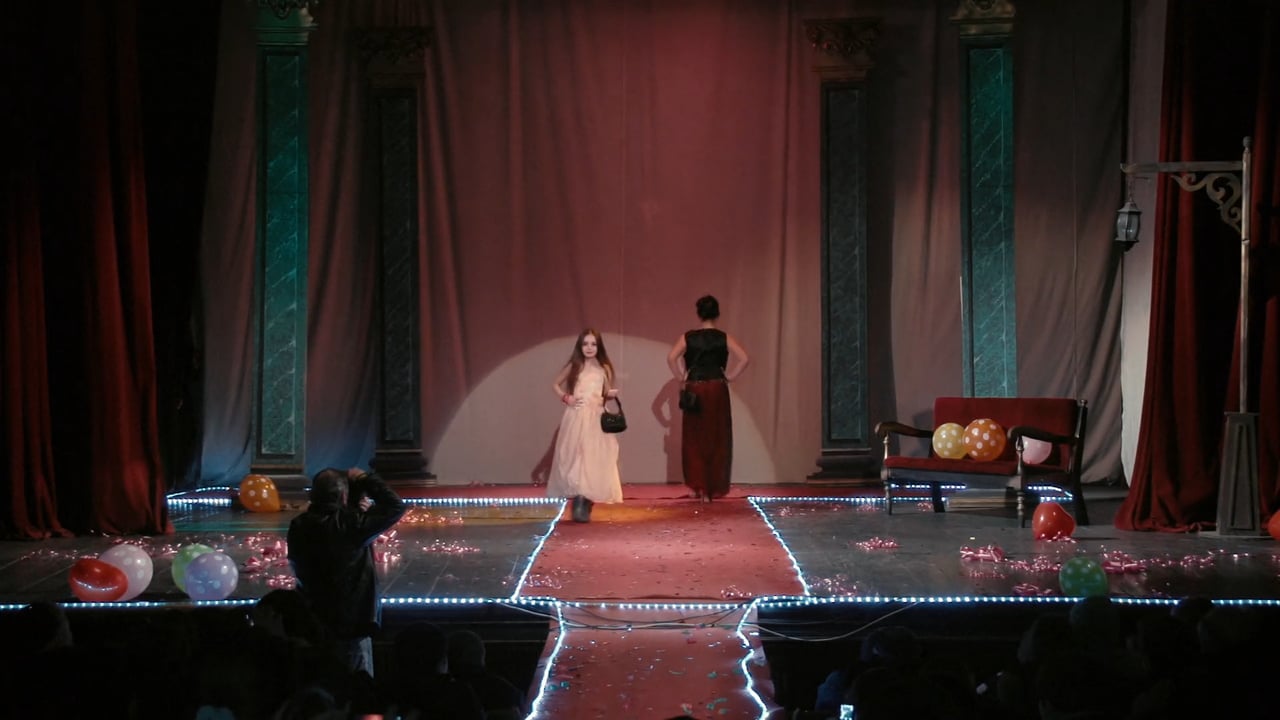
The Dazzling Light of Sunset
What does the term script mean for you in terms of documentary filmmaking?
Unless you are working with archive material or reconstruction, I don’t quite understand what a script should be for. I prefer spontaneous filmmaking decisions and I don’t want to be bound by a preconceived assumptions. I think you should be careful about what you write in a script or a treatment. It’s not easy to get rid of ideas once they are written down.
Did you show your film to your protagonist? How did they react? Did they have any remarks?
We invited the two main protagonists of the film, Dariko and Kakha, to Wiesbaden at goEast Film Festival, where the film had its German premiere. It was very important for them to watch the film outside their town, away from the constraints and prejudices of their local audience. They said they liked the film and that it very much reflected the life around them.
In the interview with Filip Šebek from dokweb.net you said that you are not sure about the term “observational documentary”. What term could be better for your movie The Dazzling Light of Sunset?
I call it a pseudo-ethnographic film.
What are the key specifics to use this term for the movie?
Well, the film shows / describes some ethnographic elements of life in one part of the world, but does so with a very subjective vision.
During your masterclass at the 20th JIDFF organised by IDF you were talking about the differences between “definition of the story for the author him- or herself” and “presentation of the story for the audience”. What is the basic difference? How should author and producer work with these two categories?
When a director writes a treatment, it should be very clear to the readers. And in most cases these are busy readers. So everything should look clear, be logical and consequential. The actual film does not have to be like that. I am not for totally clear, logical or consequential films where an image corresponds to a particular thought or idea. In a film you build up images that trigger various thoughts and various emotions, sometimes undefined ones. Sometimes you are not even aware of them until the editing process or even later. So how can you explain all those complexities in a treatment?

